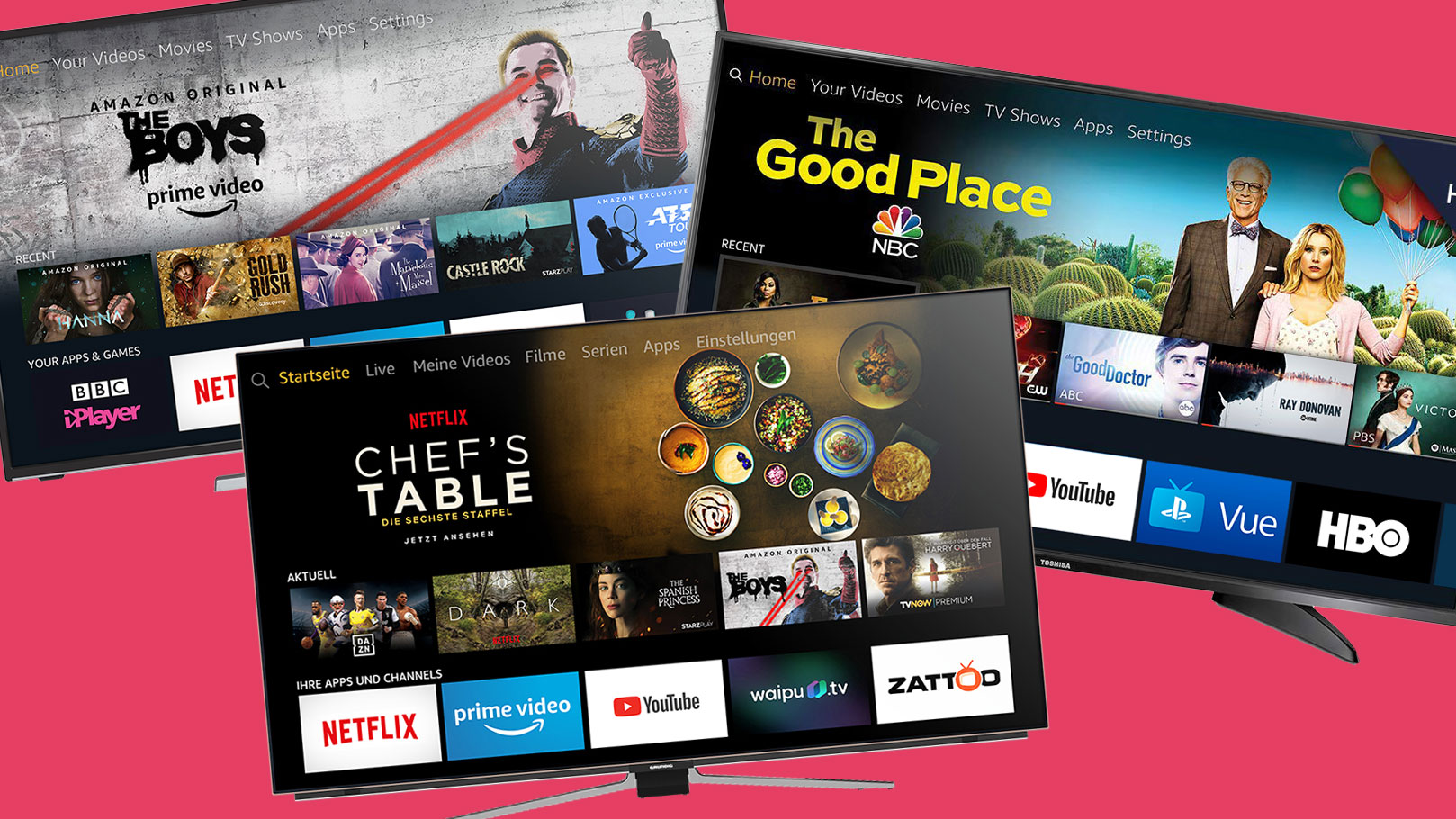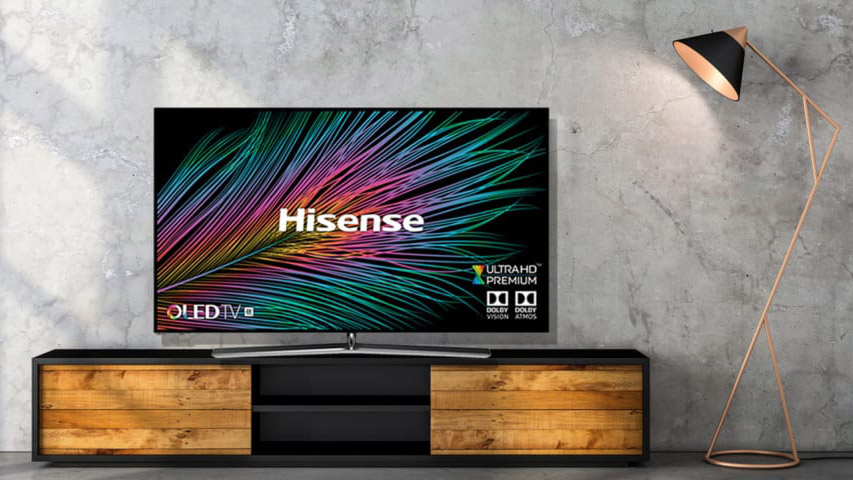Budget OLED TVs are tempting, but are manufacturers jumping the gun?
Opinion: It may be too early to buy a truly cheap OLED TV

It sounds like a dream come true for cinephiles: OLED TVs, previously the reserve of high-end TV ranges from the likes of LG, Panasonic, or Sony, are sharply dropping in price.
Until recently, the cheapest OLED TV on the market was the LG B8 OLED, the bottom rung on LG’s 2018 TV range, and one that managed to undercut its more premium siblings by using an outdated processor. Still, it cost $1,799 / £1,799 / AU$4,799 at launch, which remains out of reach of many buyers out there.
That changed with the release of the Hisense O8B OLED this year, which set the bar at £1,399 (around $1,550 / AU$2,260) instead – and now the retail giant Amazon has seen fit to go even lower, with an OLED model announced at IFA 2019 to join its range of Fire TV OS smart TVs.
Amazon’s take on an OLED television will cost only €1,299, which converts to around £1,200 / $1,430 / AU$2,100. To start, it will only release in Germany and Austria, though we’d be surprised if Amazon didn’t use its online distribution network to its advantage to try and sell them elsewhere down the line. While there’s no official word on why we aren’t seeing a simultaneous release in the UK and US, the hesitant initial launch – for a company that nearly always sells in its US home first – doesn’t inspire confidence.
- LG B8 vs LG B9 OLED: is the new B Series OLED worth the upgrade?
Value is relative

You may be thinking: hang on, these still aren’t cheap enough for me! And really, until we start seeing OLEDs selling for three-figure sums, OLED will remain a premium technology with a limited audience.
Speaking to TechRadar, LG Electronics’ Head of Global Corporate Communications Kenneth Hong expressed surprise that OLED TVs weren’t already at that price range, and said there was an expectation several years ago that prices would have dropped faster.
But the problem, even with these comparatively cheaper sets, is that they may be pushing down prices at the expense of vital features and capabilities. Without nuanced or capable processing, issues like motion handling or poor upscaling won’t be saved by an OLED panel’s color and contrast strengths alone.
Get daily insight, inspiration and deals in your inbox
Sign up for breaking news, reviews, opinion, top tech deals, and more.
We found these problems with the Hisense O8B: while offering a strong and vivid picture, its processing wasn’t always up to the task, while the set’s support for Dolby Vision – a premium HDR format – would cut in and out. While offering value is to be encouraged, value sets that compromise basic performance don’t benefit anyone.
The Amazon Fire TV Edition OLED sounds like a tempting proposition, but it’s hard not to see the set as riding the reputation of OLED panels, at a price point that’s unlikely to deliver what people expect from the technology.
It begs the question: why get a middling OLED at what’s still a four-figure sum, when you could get a fantastic LED for the same price?
The comparison isn’t as clear at higher prices, with the likes of the LG C9 OLED or LG E9 OLED fully being able to give LED and QLED sets a run for their money. But if it’s too early to be releasing cheap OLED without compromising the experience, it’s going to be everyday consumers who are getting the short straw.
- IFA 2019 is Europe's biggest tech show, and the TechRadar team is in Berlin to bring you all the breaking news and hands-on first impressions of new TVs, laptops, wearables, 4K Blu-ray players, and other products as they're announced.
Henry is a freelance technology journalist, and former News & Features Editor for TechRadar, where he specialized in home entertainment gadgets such as TVs, projectors, soundbars, and smart speakers. Other bylines include Edge, T3, iMore, GamesRadar, NBC News, Healthline, and The Times.
